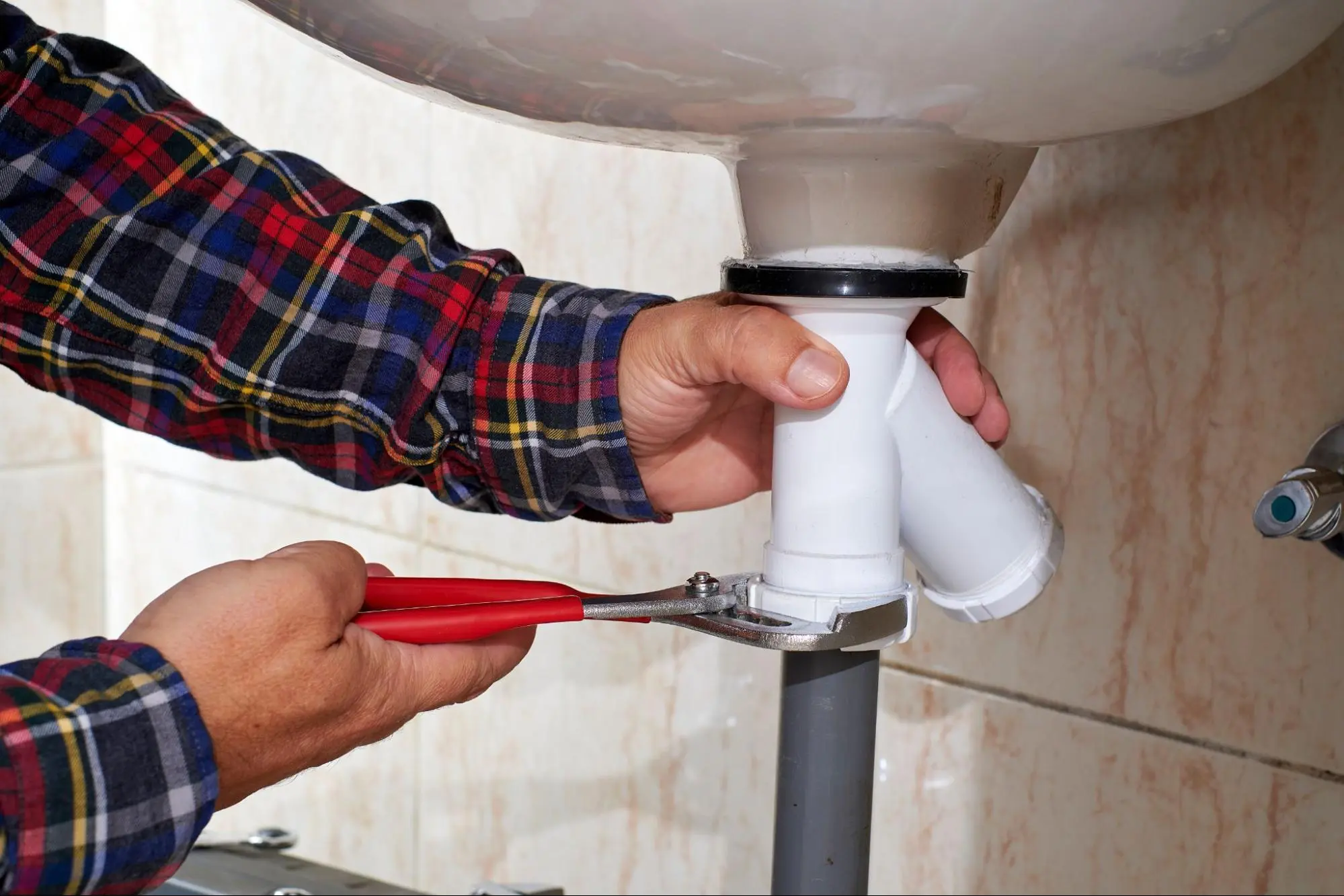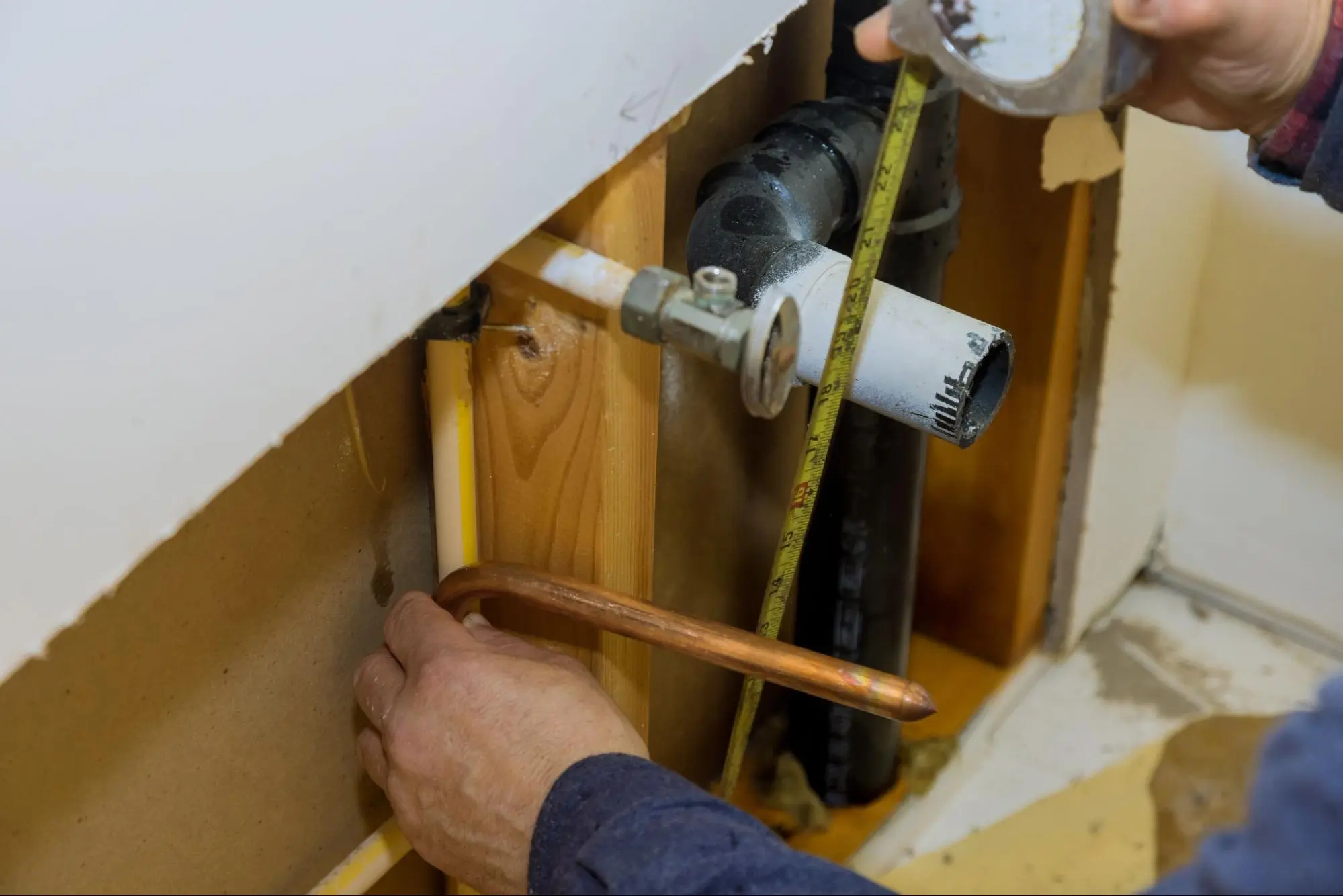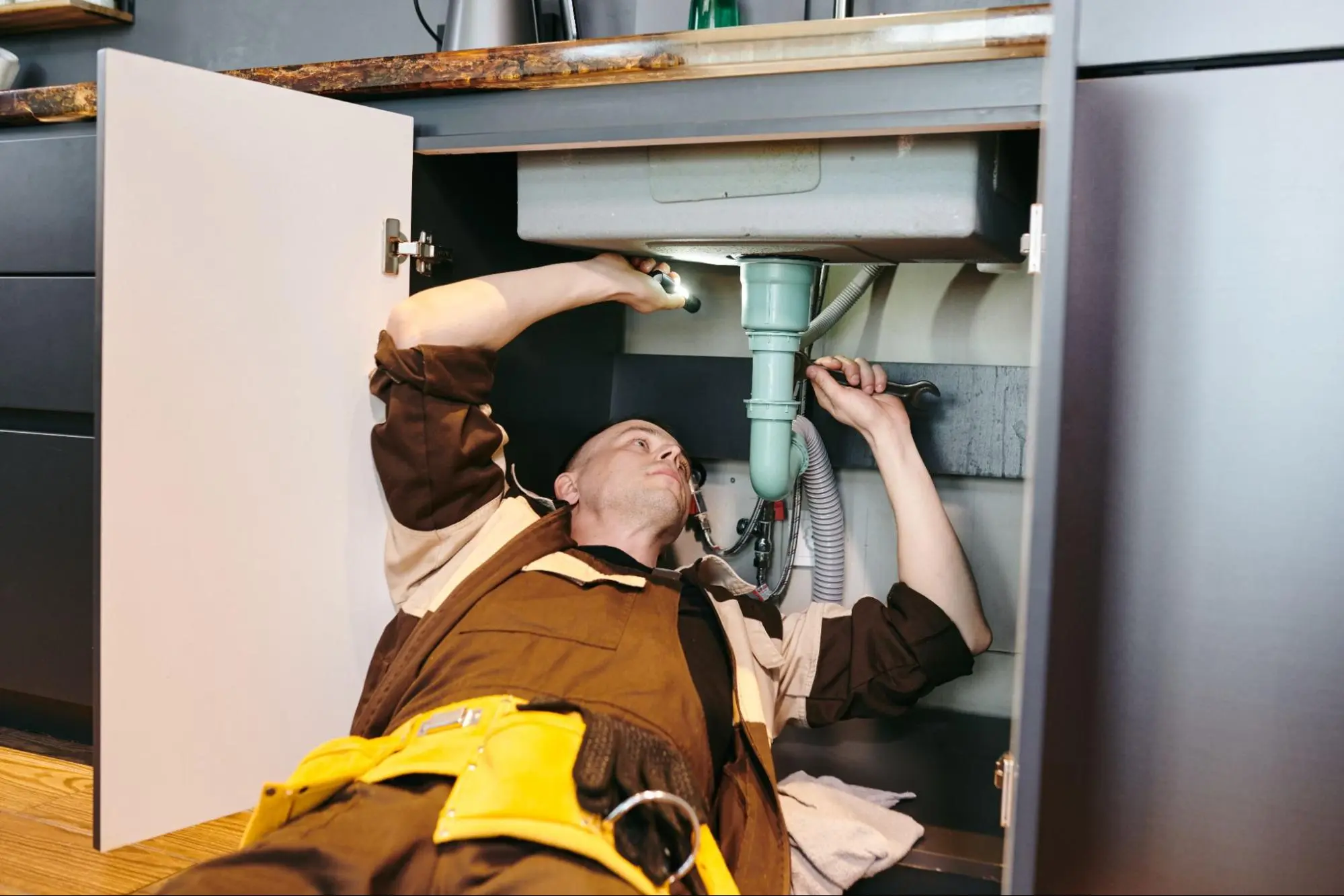
Knowing when to repair or replace old plumbing can save you from potential disasters and costly repairs. Many homeowners put off plumbing updates due to the perceived complexity and expense. However, addressing issues early can enhance the efficiency and safety of your home.
When assessing your plumbing system, look for signs of aging like corrosion, leaks, and frequent clogs. Regular home inspection can help identify these issues before they turn severe. Updating plumbing in an old house not only prevents problems but also improves water efficiency and insulation, reducing your utility bills.
Understanding the best strategies for repair and replacement is crucial. Whether choosing cost-effective materials like PEX or planning a renovation to upgrade your pipes, stay informed to make the best decision for your home. Consulting professionals ensure the job is done right, giving you peace of mind.
Assessing your plumbing system involves inspecting for signs of trouble, checking the lifespan of different materials, and identifying common issues. This ensures your home’s plumbing remains functional and safe.
Start by inspecting all visible plumbing pipes, including those under sinks, in basements, and behind access panels. Look for leaks, corrosion, and mineral deposits. Pay close attention to areas around fittings and joints, where leaks and pinhole leaks are more likely to occur.
Test the water pressure. Low water pressure can indicate clogged pipes or corrosion. Additionally, examine the condition of supply pipes and look for rust or discoloration. Smell the water; a metallic smell can suggest lead pipes or galvanized steel pipes that may be corroded.
If you notice any signs of water damage or abnormal smells, it might be time to consult a plumbing professional.
Common plumbing issues include leaks, cracks in pipes, and corroded pipes. Older metal pipes like lead or galvanized steel are prone to decay and corrosion. Copper pipes, though more durable, can still develop pinhole leaks over time.
Hard water may cause mineral buildup, reducing the diameter of pipes and impacting water flow. Another sign of trouble is a sudden spike in water bills, which can indicate hidden leaks. Inspect for any signs of burst pipes, especially in cold climates.
Be aware of low water pressure, which might be due to blockages or wear and tear in the plumbing system. Regular inspection can help spot these issues before they lead to significant damage.
Copper pipes generally last over 50 years, while cast iron pipes can last between 75 to 100 years. Polyvinyl chloride (PVC) pipes usually last for 100 years or more. Each material has its unique advantages and disadvantages in terms of durability and cost.
Galvanized steel pipes often need replacement after about 50 years due to rust and corrosion. Lead pipes are hazardous and should be replaced immediately for health and safety reasons. Brass pipes offer longevity and resistance to corrosion but are less common.
Understanding the expected lifespan helps in planning for future pipe replacement. Regular maintenance and timely inspections can extend the functionality of your plumbing system and avoid unexpected problems.

Updating old plumbing systems requires careful planning and consideration of the materials and methods that will yield the best results. This section details the choice of materials, repair steps when to seek professional help, and budgeting considerations.
Selecting the right materials is crucial for the longevity and efficiency of your plumbing. Copper pipes are known for their durability and safety but come at a higher cost. PVC and PEX are cost-effective alternatives with easier installation and good durability. PEX, in particular, offers excellent flexibility and resistance to wear and tear.If you are updating fixtures like garbage disposals, sinks, or bathtubs, choose modern materials that are energy-efficient and sturdy. Advanced technologies in these fixtures can also lead to better performance and lower water usage.
Repairing old plumbing involves several steps. Begin by shutting off the water supply to prevent leaks. Identify the damaged section of the pipe or fixture. For minor leaks, you can use pipe clamps or epoxy to seal the issue.
If pipes are corroded or damaged beyond repair, you will need to replace sections. Cut the damaged area using a pipe cutter and join new sections using the right fittings. PVC pipes require solvent cement, whereas PEX pipes are connected using crimp rings or push-fit connectors.
Always test your repair to ensure no leaks before restoring the water supply.

Some plumbing issues are too complex or risky to undertake on your own. If you encounter extensive corrosion, or multiple leaks, or require major pipe replacement involving copper pipes, it’s best to call a professional plumber.
Professionals have the expertise and tools to handle complex repairs, ensuring safety and compliance with local codes. They can also inspect the entire system for potential issues that might not be apparent to an untrained eye.
Understanding the costs involved in plumbing repairs and replacements is essential for budgeting. Replacing old pipes can range from $1,500 to $15,000 depending on the size of the project and materials used. Copper pipes are more expensive than PVC or PEX but offer superior durability.
Factor in labor costs, especially if hiring a professional. Updating fixtures will add to the total cost but can provide long-term savings through increased efficiency and reduced water waste. Prioritize areas that need immediate attention and plan your budget accordingly to manage expenses effectively.
Repairing and replacing old plumbing is essential to maintaining a safe and efficient home. Factors like pipe material, age, and visible problems can signal the need for action.
Common Signs to Watch for include discolored Water, low water pressure, and frequent Leaks
Old pipes made from materials like iron or galvanized steel tend to corrode. Modern materials such as PVC, copper, or PEX are more durable.
You should inspect pipes regularly. Look for visible signs of wear and test water quality. Prepare for replacement by deciding between a DIY approach or hiring professionals. DIY can be cost-effective but requires time and skill. Professionals ensure the job is done correctly and safely replacing old plumbing can save you money on water bills and avoid costly damage.
Kaminskiy Care and Repair offers professional handyman plumbing services that guarantee peace of mind. Contact us today
You might notice frequent leaks, unpleasant water odor, or discolored water. Low water pressure and unusual noises from pipes can also signal the need for new piping. If your home is more than 50 years old, it’s a good idea to have your plumbing inspected.
PEX piping is flexible, which makes it easier to install in tight spaces. It also resists scale and chlorine, ensuring it lasts longer. PEX is less expensive than copper and doesn’t require soldering, which reduces labor costs.
A whole-house repipe can take between a few days to a week. The duration depends on the home’s size and the complexity of the plumbing system. Homes with more bathrooms and extensive plumbing will take longer.
You start by shutting off the water supply and draining the system. Next, old pipes are removed, and any necessary structural repairs are made. Then, new pipes are installed, followed by testing the system for leaks before restoring the walls and finishes.